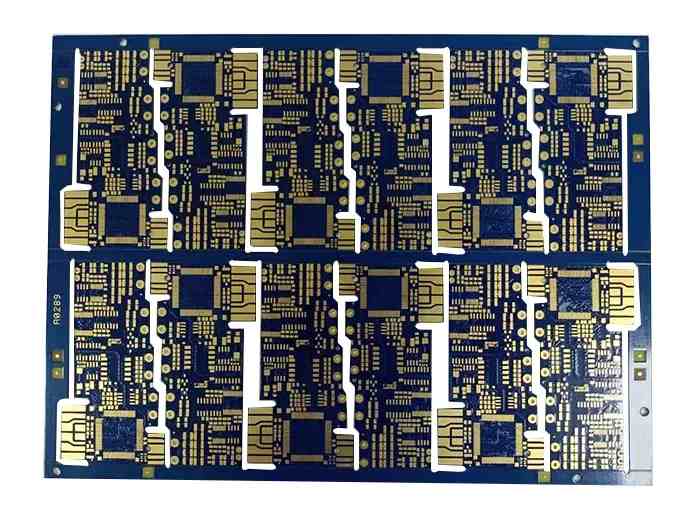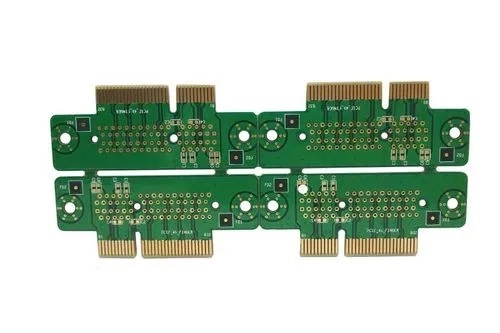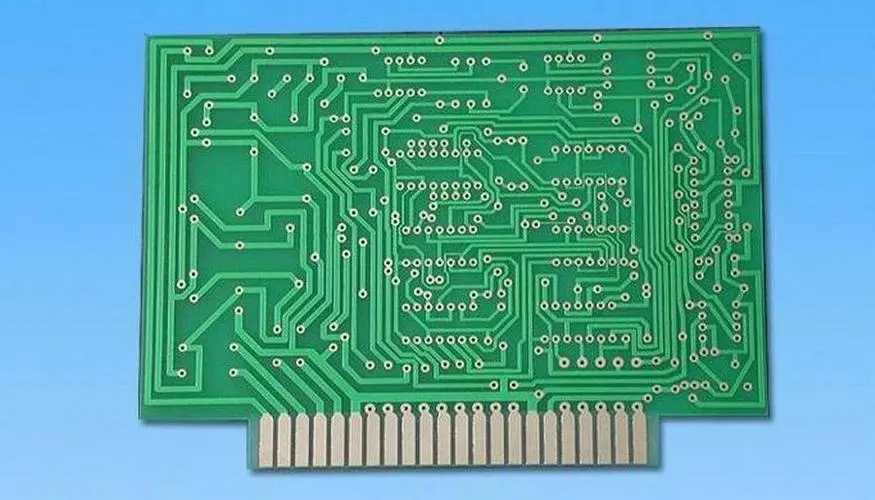
Automated Product Data Management: The Next Step in More Efficient PCB Design
With the increase of PCB design technology, complexity and quantity, the challenge is now to manage all generated data. In order to achieve a higher level of excellence in PCB design, PCB engineering teams use automated product data management systems.
The goal of each PCB design team is to create high-quality circuit boards that exceed expectations. To this end, PCB designers, together with their various tools, fine tune their processes into truly artistic precision engineering works. However, with all the progress in PCB design, there is still a fatal flaw that can undermine the success of any design team - data management.
The amount of product data that can be created during PCB design is amazing. Not only are there expected database files, but also attributes, graphics, artwork, manufacturing, drawings, libraries, and readme files - this is just a candidate list. In addition, each of these files can have multiple versions, both good and bad, and are owned by different users with different permissions. The management of PCB design data often becomes an elephant in a room where nobody is responsible. As a result, data is often poorly managed, resulting in costly delays in the already overburdened design plan.
Problems with manual design data management
Before the automation system, PCB design data management was a manual process that required a lot of supervision from CAD managers and operators.
Manual data management relies on adherence to published procedures and cooperation between all stakeholders, and errors are still easily missed. The following is a description of these manual processes and some of the problems they cause.
Manual data management of project and PCB design data
The design and introduction of new electronic products into the market will generate a lot of data. When you consider all the different aspects of electronic equipment, such as mechanical design, software development, and PCB layout, you can understand how much data this is equivalent to. In PCB design alone, the amount of manufacturing data is very large. All artwork, NC drilling, drawings and readme files need to be organized, catalogued and sent to different suppliers.
All these data need to be managed. Traditionally, this task is completed manually. Although most PCB design tools assign unique names to their manufacturing documents, manual intervention is required to ensure that the documents are eventually organized correctly. File naming structures usually include project names, part numbers, or other specific identifiers, and they need to be bundled together for the specific supplier they target.
However, the management of PCB design data goes far beyond the manufacturing documents we just described. Individual items must also have the appropriate part number and revision to ensure that the designer knows which is the correct product. Documents, readme files, and other instructions must be updated to correspond to the project they represent, and a large number of system files must be trimmed to avoid further confusion. By adding personal backup files and copies, you can see where all of these manual data management can easily get off track.

Problems in manual PCB data management
As the amount of design data increases, the opportunities for data management errors and errors also increase. For example, consider these potential problem scenarios:
A large number of documents: The number of data files in electronic design projects is staggering. There may also be alternative versions of any or all of these documents, as well as accompanying manufacturing documents from other projects. All these files must be managed, including organizing them, renaming them, and moving them to the appropriate output directory for compression and transfer. With so many files to manage, it is not uncommon for errors to occur.
File ownership: Data files will have the ownership of the user who created them. The question here is what happens when these files are locked for other users to access. At least, this is an annoying problem, but it can also make the project stop completely, especially when the main user is no longer available.
Data security: Many design companies engaged in sensitive projects and data will implement another layer of security in their work to completely isolate data. Although this may be appropriate from a security perspective, it may pose real problems for designers who must exchange design data with external suppliers.
Overwritten or deleted files: Losing one day's work due to careless deletion of WIP files may bring a lot of frustration to the design team. But even worse, the lost data belongs to the legacy design. In many cases, there is no way to recreate these data, and the design team can only rush to redesign something that should not be lost.
File version control: Many designers create multiple copies of their work to mark certain milestones in the design. Although this is an excellent operation process, there may be risks if the user selects the wrong file version to handle. Again, design data may be irretrievably lost, resulting in additional delays and costs.
File compilation: After a design is completed, there are many manual data management tasks to be completed. Manufacturing documents need to be compiled together to delete outdated information, make copies, and archive the project. Because all this data management is done manually, it opens the door to the opportunity to accidentally delete critical files, move data to the wrong location, or ignore basic data.
Although many attempts have been made to automate the manual management of design data in the past, they have achieved varying degrees of success, but the design community is still waiting for a truly automated product data management system.
Useful automated product data management capabilities
The manual data management process will bring many problems to the design team. The large number of files that must be managed is just the beginning, followed by ownership, security, and version control issues. Fortunately, these problems can be reduced or eliminated through automated data management solutions. Here are some of the benefits of automated data management that design departments seek to realize new gains in productivity and efficiency.
Document control
The number of documents generated through the electronic design process is huge and will continue to grow as technology advances increase the complexity of each new design. Although this growth increases the complexity of the manual product data management process, it is a scenario that can be effectively controlled through an automated PDM system. Not only are files easy to manage, but the automation system will assign ownership and permissions according to its programming parameters. This allows access to the appropriate stakeholders while protecting files from unauthorized access. In addition, automatic document control through PDM can easily provide real-time design traceability, which usually requires more manpower when manually managed.
project management
Good data management goes hand in hand with project management. Many automated data management processes required by designers are directly related to the project management functions in the PDM system. The following are some project management functions that are also helpful to the design department:
Data collection: The traditional project management data collection relies on the system of email, telephone, report and even paper documents. This manual data collection process is time-consuming and error prone. However, as the data management system is in place, the project manager can see the real-time information of each project in its design cycle.
Data reporting: Data collected in PDM is readily available and easy to process for report distribution. Compared with the traditional manual reporting system, the reporting system in the automated PDM system provides more reliable information and requires only a small part of time.
Project schedule: Although the design schedule is usually issued by the project manager for his team, it is traditionally a paper schedule that must be updated to reflect changes. These schedules can be easily changed to reflect changes through automated project tools that are tied directly to the data management system. In addition, automated timeline tools can help project managers plan around anticipated delays and provide them with a more accurate and effective way to predict their schedules.
Inconspicuous data management
Most design engineers will agree that although they like the benefits of automated data management, they do not want to be dragged into another process or system that takes up their time. Engineers should spend time designing electronic products, rather than managing data or operating PDM systems with a large amount of complex and confusing operational overhead. To help engineers best focus on electronic design tasks, automated product data management systems need to complete their work behind the scenes.
This is where the cloud based data management system brings great benefits to the design team. Accessing through a common web browser, designers can easily access without having to learn a new set of installed tools. The system also interacts with current design tools, and manages files without users having to interact with them. This workflow allows designers to simply open their design tools and work as usual, and access the PDM system only when online project reports are required. Otherwise, the automated product data management system has a database file and controls the generated manufacturing file. Users can release their work by executing a simple menu command. PCB assembly and PCB processing manufacturers introduce automatic product data management: the next step of more efficient PCB design.
General Controlled Product Data Management
An effective automated PDM system is not only limited to managing PCB design files, but also interacts with other design systems. As part of the overall PLM system, it manages data from mechanical design, software engineering, and other design teams to coordinate the overall product design.









